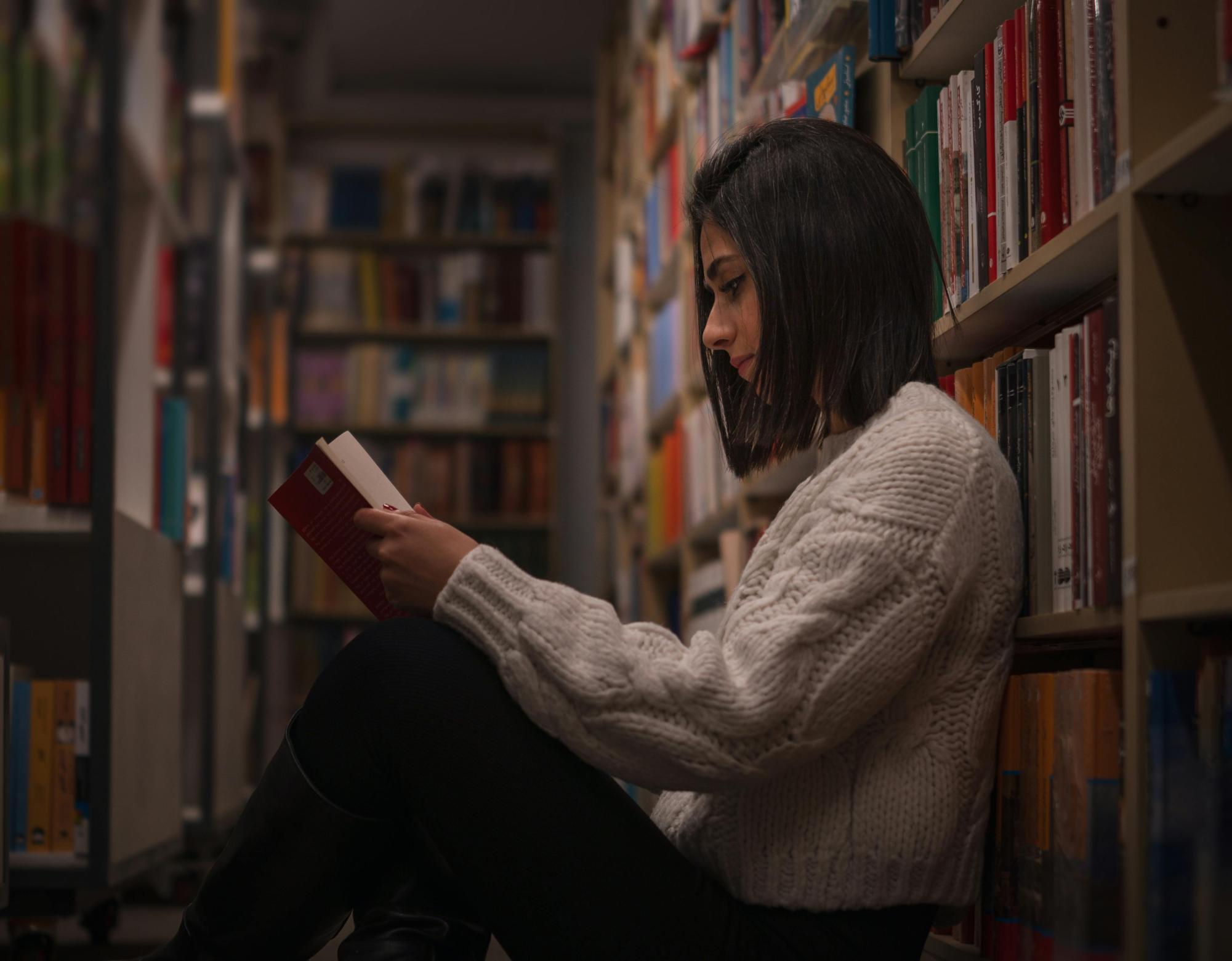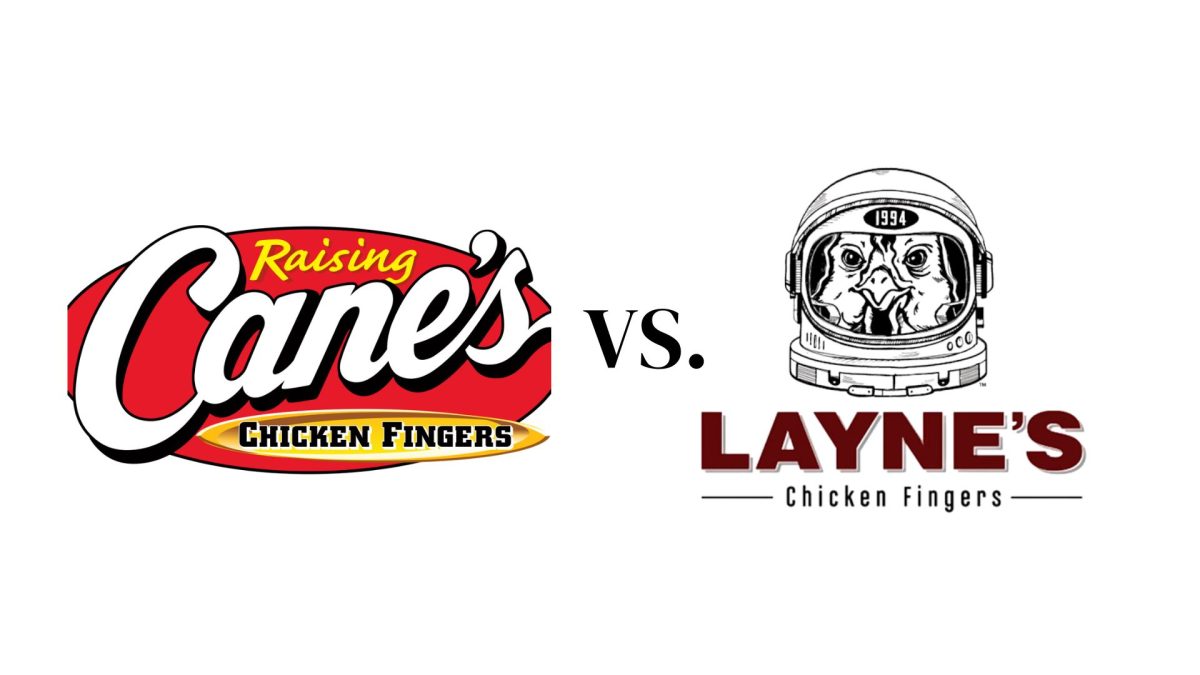Do books with difficult themes have a place in the hands of our youth? Across the country, books are disappearing from shelves, often because they address uncomfortable topics that are not seen as “age-appropriate”. Supporters of these bans claim they ar5e protecting children, but instead seem to be censoring books that provide perspective on various people and events. However, limiting access to books does not protect students from difficult topics, it only provides less opportunity to grow, learn, and form their own opinions. If we truly believe everyone has the right to free speech, we must fight for the right to read.
In recent years, book bans and challenges have become an increasing trend that has caused numerous award-winning titles to be removed from younger audiences’ hands. From books such as Harry Potter to The Color Purple, authors, students, and readers alike have had their intellectual freedom questioned. More than 10,000 books have been banned in public schools nationwide, begging the question, what caused these books to be banned in the first place? Pen America says, “Nearly 60% of these banned titles are written for young adult audiences and depict topics young people confront in the real world.” Books that depict mental health problems, death, substance abuse, etc, are being censored regardless of the awareness these heavy topics can produce.
The rise of banned books is undeniably alarming for people who value having intellectual freedom, as well as access to a diverse range of ideas and opinions. Advocates for having open access to books argue this can prevent students from growing and learning to their full potential. Mrs. McGilvery, a Kettle Run librarian, says, “There are a lot of people who want to place bans on books and are preventing people from reading things that give insight into different cultures, different nationalities, and different parts of the world.” Most educators agree and believe that literature is effective in opening the eyes of students to see themselves and the people around them differently. Reading can provide an opportunity to learn the importance of empathy, tolerance, and critical thinking. To understand why these bans are put into place, it is important to recognize the policies and processes that determine the selection of these books.
Our librarians play a crucial role in selecting books for Kettle Run’s library, they are committed to providing students with different viewpoints and perspectives. When selecting books, many factors are kept in mind to ensure they are approved for students to read. Before books are purchased, they are either read by the librarians or reviewed by reputable organizations to gauge the potential triggers and reading level. Librarians use platforms such as Junior Library Guild, Kirkus, and School Library Journal to get an overview of the contents of the hundreds of books available in our library. Although some of these books may not be for everyone, they ensure parents’ opinions are taken into account concerning what their own children can check out from the library. FCPS Policy 3.5.3. states, “Schools shall defer to parents to determine whether the use of sexually explicit content in instructional materials, if any, is appropriate for their child.” Because of this, books such as The Perks of Being a Wallflower, Seeing Gender, and many others are being put on the library notification list. This list contains books that may contain sensitive contents which is outlined in FCPS policy 6-5.6.
While many argue that books addressing difficult themes are essential for developing young readers, others disagree, believing these difficult topics are too hard to process for young students. As a result, these parents have the right to request that their child not read or be exposed to certain books available in the library. Some parents feel that by limiting access to information, they can provide support and knowledge on these subjects. In some cases, they claim that students may not have the emotional maturity or life experience to fully understand issues such as mental health, violence, or substance abuse. However, as Ms. McGilvery says, “There’s a book for every student” and “something that you may not want to read your friend might need to read it.”. Parents deserve the right to determine what their own kids read, but we can’t censor these important books for the other people who wish to read them. A compromise for this could be a rating system that determines the specific age group depending on the triggers and contents of the book.
Removing these books from libraries does not shield students from life’s tough realities but limits their ability to think critically, learn, and engage with others in the world. Reading not only helps you discover new possibilities within yourself but also gives you an unmatched perspective of others without having to leave your room. By providing these resources to everyone, we can foster these positive messages and observe how to handle real-world situations. By limiting students’ access to books that address difficult topics, we are denying them tools they will use in their futures. Protecting the right to read guarantees that every student can find common ground and become critical thinkers who can make positive changes in the world.





